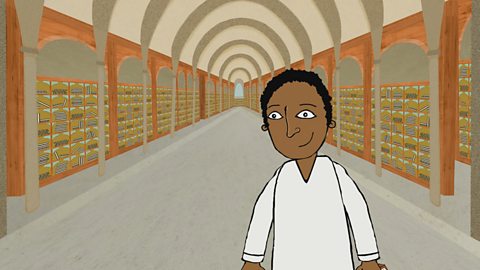Hello future people of the UK!
Iãd like to show you what itãs like to live in the Ancient Indus Valley. One of the earliest civilisations, so weãre a long way back in time.
Back before the Vikings, before the Romans and keep going back, back, back until Stonehenge is being built - 4500 years ago.
Head South East over Europe and youãll see us just before India. You canãt miss us ã weãre about 4 times the size of Britain!
Ah ha, you made it!
Hi Iãm SuriãÎ I canãt wait to show you around our village.
Weãre farmers by the way, and like all Indus people, we survive from what we can sell.
So today, Mum has made a special trip to sell our grain in the big city.
Hang on ãÎbut she wonãt sell anything without theseãÎ These are mumãs seals - Iãll explain later but theyãre really important. So I need to get them to her pronto.
Never mind the village ã youãre getting the city tour instead!
Donãt be intimidated by the walls ã Theyãre not to keep invaders out, theyãre to keep water out.
Weãre called Indus Valley people because we live ã surprise, surprise - in the valley of the Indus River. It brings us all sorts of benefits, like farming, irrigation and travel, but it can be a bit of a bad neighbour and occasionally tries to wash us awayãÎ
And wait to you see inside ã some cities are higgledy piggledy ã not ours.
We built some of the first planned cities ever, so the sewers, the roads and the buildings all fit together in a grid system. And down the middle is a big wide straight streetãÎ
ãÎjust wide enough, in fact, for two elephants to pass side-by-side.
Youãd call it a ãhigh streetã ã we were using the same idea 4500 years before you.
Sheãs got to be around here somewhereãÎ
Hang on ã that looks like my Uncle. Heãs a builder, canãt you tell?
We donãt have stones around here so, just like you, we use bricks, all baked from clay.
Theyãre very durable, lasting for thousands of years, which is how your historians will find out about us.
So as you know, our houses have all the mod cons including personal wells and flushing toilets ã weãre actually one of the first people in the world to have those.
Uncle, any idea where I can find Mum?
Second right, first left, got it.
Check this out! Weãre really big gamers in the Indus Valley, and this one is so addictive that I bet youãll still be playing it in your time.
At last the market ã I love it here!
Theyãve got clothes, toysãÎ And just look at this necklace.
In fact all our products are so great, that people come from miles away just to buy them, but money hasnãt been invented yet ã we just trade things instead. Itãs just like swapping things, but once the swap is made, itãs made for good.
But people donãt like to buy anything without one of these seals ã Donãt worry if you canãt read it ã no one from your time has figured out what it says yet.
They tell the buyer who made the goods. So theyãre a bit like logos ã would you ever buy a pair of trainers without the right logo?
Without our seals, mum wonãt be able to sell our grain. So, yikesãÎ
Now, which way was I supposed to be going againãÎ?
Phew Iãm back on main street, thank heavens for the grid system.
Letãs try again - Second right, first left.
Yes! There she is.
I think youãll be needing these?
Ah shucks, donãt mention it!
Wow, thanks mum - Pocket money!
Well thatãs about it.
Our way of life is still a bit of mystery in your time. But needless to say, it didnãt last forever ã the river here dried up and we were forced to move away.
And all this? Well ã itãll be history.
Video summary
A young girl, Suri, goes to the city market to help out her mother, who has left her identification seals at home.
She introduces us to life in the ancient Indus Valley 4,500 years ago, where civilisation depends on farming and trade.
The importance of the Indus River is emphasised, both for farming and for travel, as well as the design of the city and its houses.
The city traded with other countries and cities, even though they did not use money.
Teacher Notes
Could be used to explore city planning and homes.
Would they have liked to live in this city? Why? Why not?
Pupils could compare the city to cities today, and explore the role of the Indus River in the growth of the civilisation.
In what ways was the river good for the area, and in what ways was it bad?
Could be used to explore the idea of trading without money.
How do you decide what a chicken is worth? What do you compare it to?
Pupils can compare and contrast Indus Valley barter and trade as it stands today.
This clip is relevant for teaching History at Key Stage 2 and Second Level.
The story of the Benin bronzes. video
A young boy, Ibi, shows us how the trading civilisation of Benin created their famous bronzes.
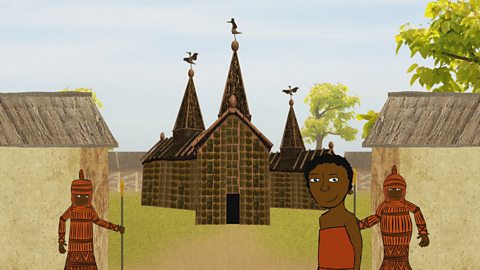
Introducing Ancient Egypt. video
Nefa, a priest in training, shows us ancient Egyptian buildings and introduces us to their religious beliefs about life after death.
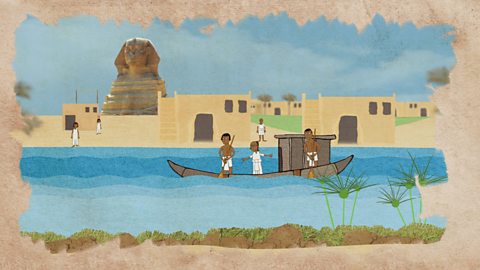
Introducing the Shang Dynasty. video
Li and his father introduce us to life in Bronze Age China under the Shang Dynasty.
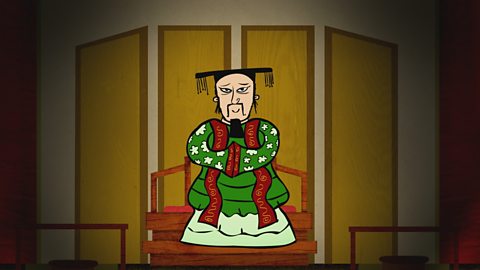
Introducing Ancient Sumer. video
Urian, who is learning to read and write, gives us a tour of one of the first known cities: Uruk in what became modern-day Iraq.
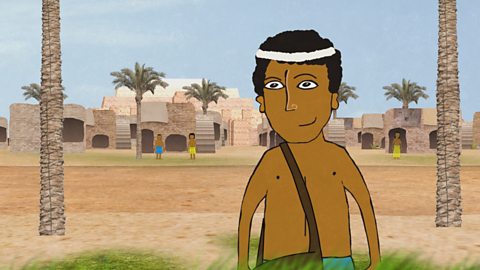
Introducing the Maya civilisation. video
Like children 1000 years later, Akbal wants to be a professional footballer. He shows us how it's played in Mayan Central America.
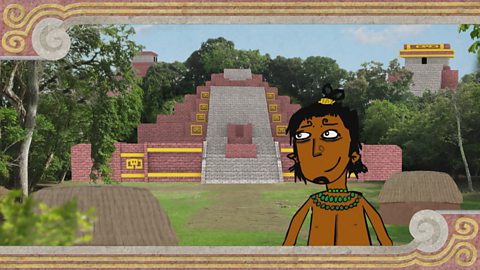
Baghdad in 900AD. video
Ali lives in the most advanced city in the world: Baghdad. He wants to be a scholar and contribute to the Golden Age of Islam.
